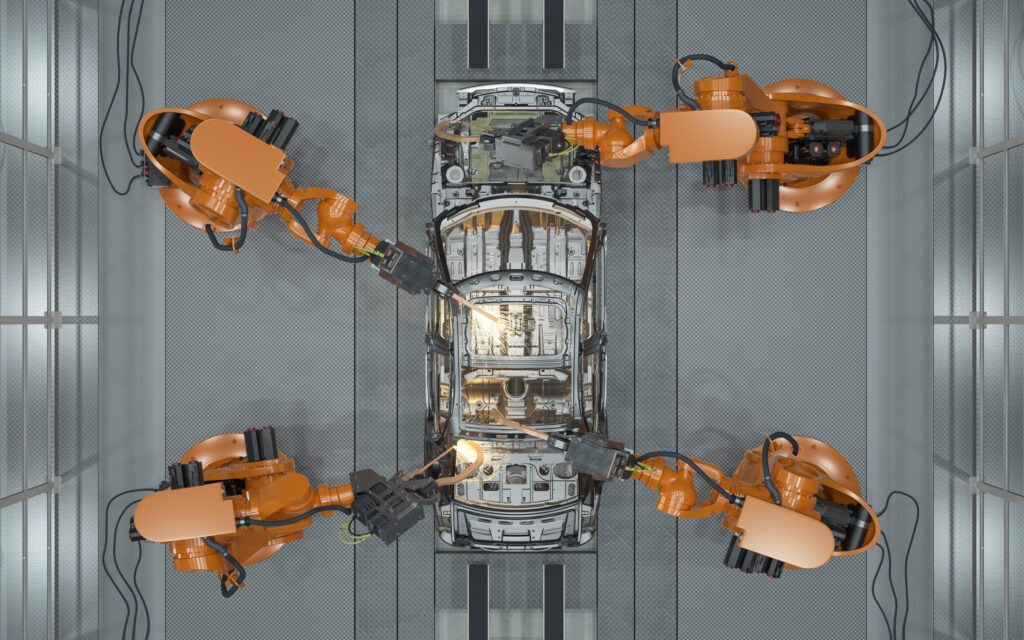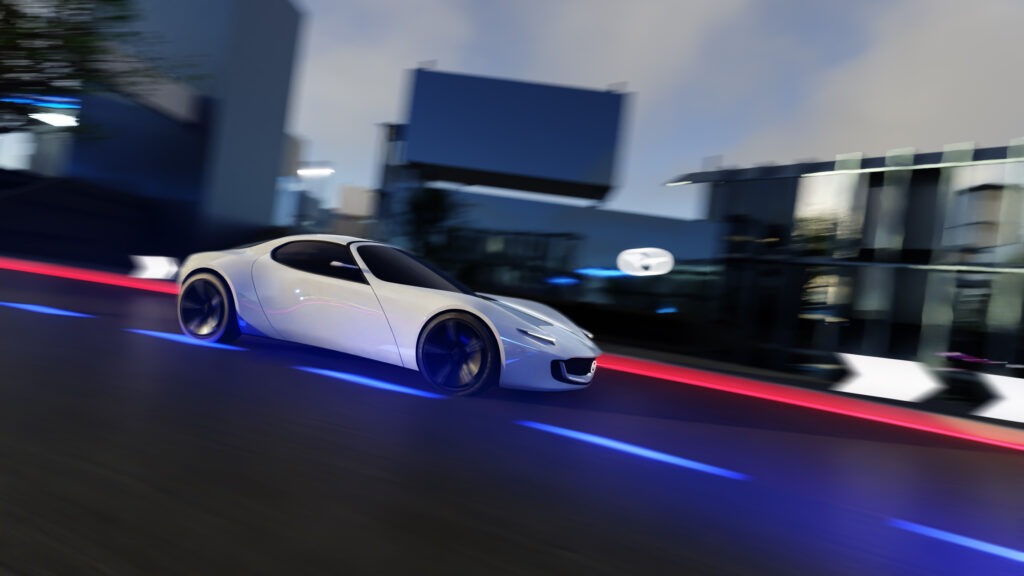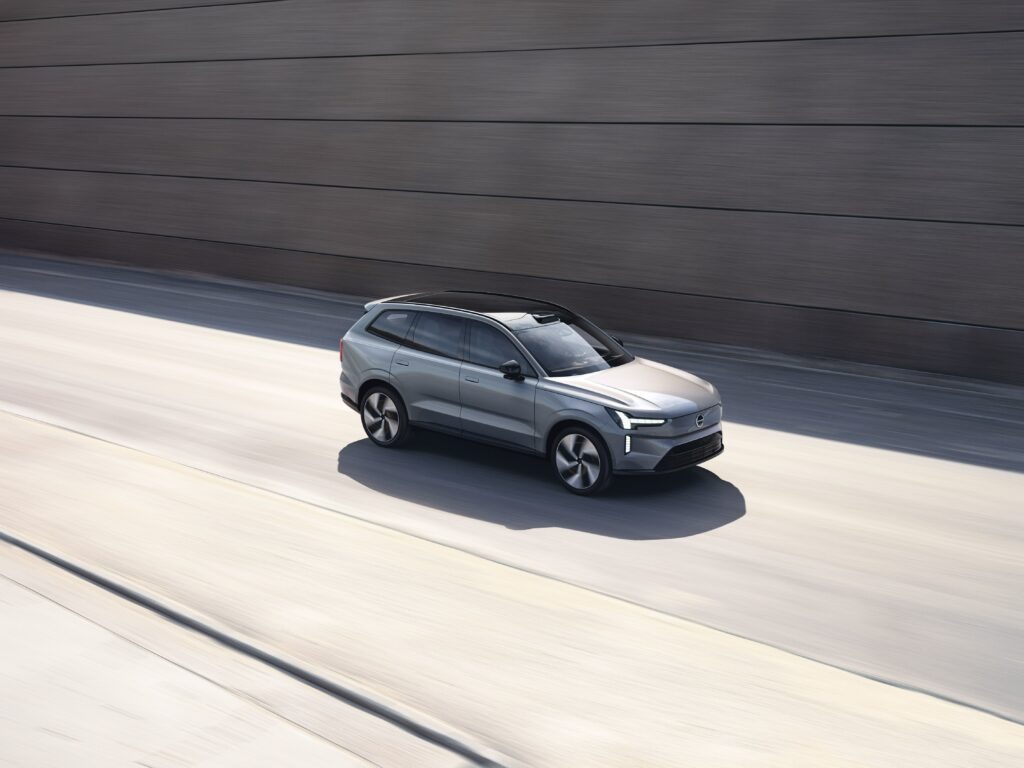Why are carmakers offering fewer single equipment options?
13 December 2022

Electrification, WLTP emissions testing, component shortages, cross-border sales opportunities, and simplified options packages are pushing carmakers away from single equipment options, explains Autovista24 senior data journalist Neil King.
Autovista Group analysis reveals that the number of single options offered on new cars has reduced in the key European markets of France, Germany, Spain, and the UK between 2019 and 2022. On average, there are now about 25% to 30% fewer options available on cars for sale in Europe than three years ago.
Semiconductor shortages stemming from the COVID-19 pandemic are widely reported, with countless cases of manufacturers removing options or even having to deliver cars with standard equipment missing. The war in Ukraine exacerbated supply disruption, which has forced manufacturers to limit the availability of optional equipment and focus on features with a high take rate.
However, this trend started long before the outbreak of COVID-19.
WLTP scrutiny
The introduction of WLTP saw more rigorous emissions testing than the previous NEDC system, which was based on vehicles with limited equipment fitted as standard. Under the WLTP regime, cars need to be evaluated with their optional equipment fitted to present a clear view of achievable real-world driving emissions and fuel consumption for each level of specification.
‘Every option combination now needs to generate exact WLTP figures. This is intensive in terms of both time and costs, so OEMs are trying to reduce their complexity,’ commented Christian Schneider, head of analytics at Autovista Group.
Back in 2018, Autovista Group analysed the impact of optional equipment on WLTP emissions figures. It found that most options in isolation do not have a major impact, rarely accounting for more than 1g/km of additional CO2.
Although individual options do not significantly alter emissions, commonly selected combinations of options do have an impact. This increases tax liabilities in many markets, leading manufacturers to streamline vehicle ranges and option packages.
Beyond COVID-19 and WLTP, there are other reasons for diminishing single options. These include electrification, streamlining of equipment strategies (that also facilitate cross-border sales opportunities), and simplifying vehicle configuration. The latter has been accelerated by the increasing digitalisation of car sales because of the COVID-19 pandemic.
Fewer options for electrified vehicles
Autovista Group analysis shows that there are fewer options available for hybrid and electric vehicles (EVs) than cars with internal-combustion engines (ICE). The European new-car market has rapidly electrified over the last three years, with electrified powertrains accounting for 44% of registrations in the first three quarters of 2022, compared to just 9.7% in 2019. Accordingly, this has contributed significantly to the shrinking of vehicle options.
However, the options available for battery-electric vehicles (BEVs) have increased since 2019 with the proliferation of models and an expansion into larger segments. This is in sharp contrast to the double-digit declines in the average number of options for petrol, diesel, plug-in hybrids (PHEVs) and hybrid-electric vehicles (HEVs) for sale in Europe.
Rise of standard equipment
As carmakers adjust to a more electrified, connected, and digitally-enabled automotive reality, vehicle-equipment strategies are changing.
Living costs are increasing rapidly in all European countries, affecting new-car prices. Higher raw-material and labour costs are driving list prices up, but factory-fitted standard equipment is also increasingly expensive. With less money in their pockets, consumers are postponing purchases. So, manufacturers need to find the right balance between affordability and attractive standard equipment.
Companies are looking to lower costs and reduce production complexity. Simplifying equipment strategies leverages economies of scale, which should help ease pressure on the supply chain, increasing the availability of new cars. More unified approaches also enable features on demand (FOD), which require pre-installed hardware.
At the same time, the challenges surrounding vehicle equipment are higher than ever before. EU regulations are forcing manufacturers to build in more safety and driver-assistance features, such as intelligent speed assistance systems. Infotainment performance will become a major differentiator and requires huge investments in technologies and software development.
For example, while LED headlights were standard equipment in just over 40% of cars on sale in Germany in January 2019, the fitment rate had doubled to over 80% by June 2022. Other examples include factory-fitted 360° camera systems, DAB radios or navigation systems, with many developments driven by either regulation or a change in consumer preference.
‘An increase in standard equipment also helps to simplify a carmaker’s equipment strategy and reduces complexity,’ said Schneider.
Autovista Group experts presented data on how standard equipment and trim lines changed between 2019 and 2022, discussed challenges and shared insights on equipment strategies in the latest Autovista24 webinar, ‘How vehicle-equipment strategies are changing in the automotive market’.
Cross-border sales opportunities
The trend for fewer single options aligns with carmakers’ pan-European equipment strategies. Consistent equipment and trim lines simplify configuration and, in turn, production. There is also greater scope for carmakers to enter the realm of cross-border remarketing.
‘OEMs are searching for more cross-border sales opportunities and profits. To move cars more easily from one country to another, they need to have a simplified equipment strategy that is relatively comparable across markets,’ commented Schneider.
One key challenge, however, is the inconsistent naming conventions of trim lines and/or standard equipment, which is further complicated when buyers select single options. This inconsistency in both trim-line names and equipment has not passed carmakers by.
‘We are heading towards a future universal European market and some carmakers, such as Tesla, are already uniforming their offer to sell cars wherever the demand is high and the offer low. Most people will still buy a car in their own country, so brands must adapt to providing cars where they are needed. This is true for the European market but also in the local market, between areas and cities,’ said Ludovic Percier, RV and market analyst, Autovista Group France, in a recent Autovista24 article.
One approach could be an agency model, whereby carmakers actively offer to purchase cars from a dealer when there is higher demand in another country. This also works passively, however, with dealers able to identify cars that are available for sale across the carmakers’ European dealer network. They can then source them, with the carmaker assuming responsibility for the paperwork, financial transaction, and logistical arrangements.
Dr Christof Engelskirchen, chief economist of Autovista Group, also recently discussed whether manufacturers could control used-car markets by extending the agency model.



